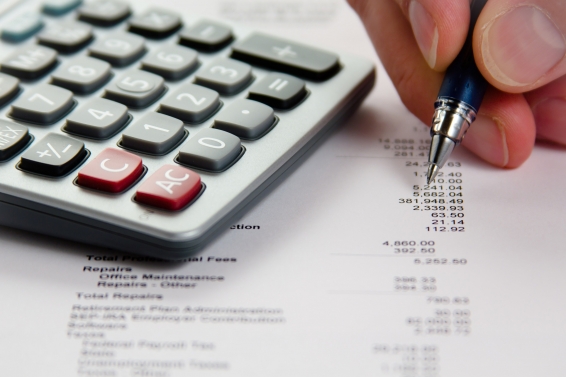This article is about money management and compounded interest, which in my opinion is the most important part of trading, and can turn even a small account (1000$ starting equity) using a mediocre strategy and trading plan but with solid discipline into a small fortune that would assure our financial freedom.
The best advice i ever heard abut trading was to treat it as a business because if you think of it, trading is the last piece of true capitalism left, where every person is in charge of their own financial fate.

The business we are into is about managing risk and after we define our risk appetite (how much we are willing to risk on a single trade) we use that to calculate the position size we are willing to enter in the markets and more important how much we are willing to lose.
Let’s say we have an account funded with 5000$ and we have a moderate risk appetite so we risk 2% of our equity on any given trade.We define the amount we are willing to risk, using the signal given by our trading system that will give us an area of interest on a chart.The signal must have an entry price,a stop loss price level and a take profit price level.

In order to manage risk we need to adjust the position size of the trade to fit our risk profile using the next formula:
Position size = ((account value x risk %) / pips risked)/ pip value per standard lot
Because trading is a game of probabilities and besides risk(R) we must also take into account the possible reward(r) we obtain on the trade…and of course the reward should be higher than the risk, this way even we don’t have the biggest edge on our strategy we can still come up winning at the end of the day.We compensate for a lower win/loss ratio with a smarter money management strategy.

Albert Einstein called compound interest “the greatest mathematical discovery of all time”.We can use this discovery in our advantage and it’s more powerful than we think.
Let’s say that our trading system that we spent the last year developing,and forward tested on a batch of 1000 trades, gives us 10 trading signals per week ; 5 of them are losses and 5 of them winners. We configured the system so that when we win, the reward(r) is 3 x the risk(R).So how can we gain more by risking the same amount?well…we compound our result .That means that every time we calculate a new position size ,the account value is the final equity after the trade has ended.
| Trade no: | Initial Equity | Amount at risk(2%) | Trade result | Final Equity |
| 1. | 5000$ | 100$ | loss | 4900$ |
| 2. | 4900$ | 98$ | win | 5194$ |
| 3. | 5194 | 104$ | win | 5506$ |
| ……. | …………………………… | …………………………….. | …………………… | ………………… |
| 520. | 72.773.188$ | 1.485.167$ | loss | 72.773.188$ |
I know that it might sound too good to be true but the math never lies .In the above hypothetical projection of one year of trading I haven’t taken into account the losing and wining streaks that may occur and of course the costs of the trades but they shouldn’t modify the final amount too much.
Now let’s say that our trading strategy can’t provide trades with the reward 3 times the risk and produces signals for trades with the risk as high as the reward, but from 10 trades 7 are winners and 3 are losers. During our audit of the demo forward testing of the strategy we can clearly define and see the winning and losing streaks that occur and of course take advantage of them .
Let’s assume that the strategy we use wins at least 80% of the time 4 trades in a row . We can take advantage of that keeping the same initial risk appetite ,but taking advantage of the statistical edge of the wining streak and risking the initial risk amount+the profits won from the previous trades .
| Trade no: | Initial Equity | Amount at risk (2% I.E.+prev profits) | Trade result | Profits |
| 1. | 10.000$ | 200$ | win | 200$ |
| 2. | 10.000$ | 400$(200$+200$) | win | 400+200$T1 |
| 3. | 10.000$ | 800$(200$+600$) | win | 800$+400$T2+200$T1 |
| 4. | 10.000$ | 1.600$(200$+1400$) | win | 1600$+1400$ from above |
______________________
3000$
Indeed, it’s an aggressive money management strategy
coupled with a more conservative trading method, but we can turn 4
trades that would bring us only 4 times the risk into a sequence that
brings us 15 times the initial risk and all the time the initial risk from the equity was only 2%.
Of course losing one trade in the sequence wipes all the profits from previous trades but we can combine both methods and fine tune them to maximize the potential of our trading system.

I believe it was Benjamin Franklin who said: “Believe none of what you hear, and only half of what you see.”;
Use whatever you find useful in this article to step up your trading and bring your dreams a little closer to you and your loved ones.
Trade well
Sheriff.



